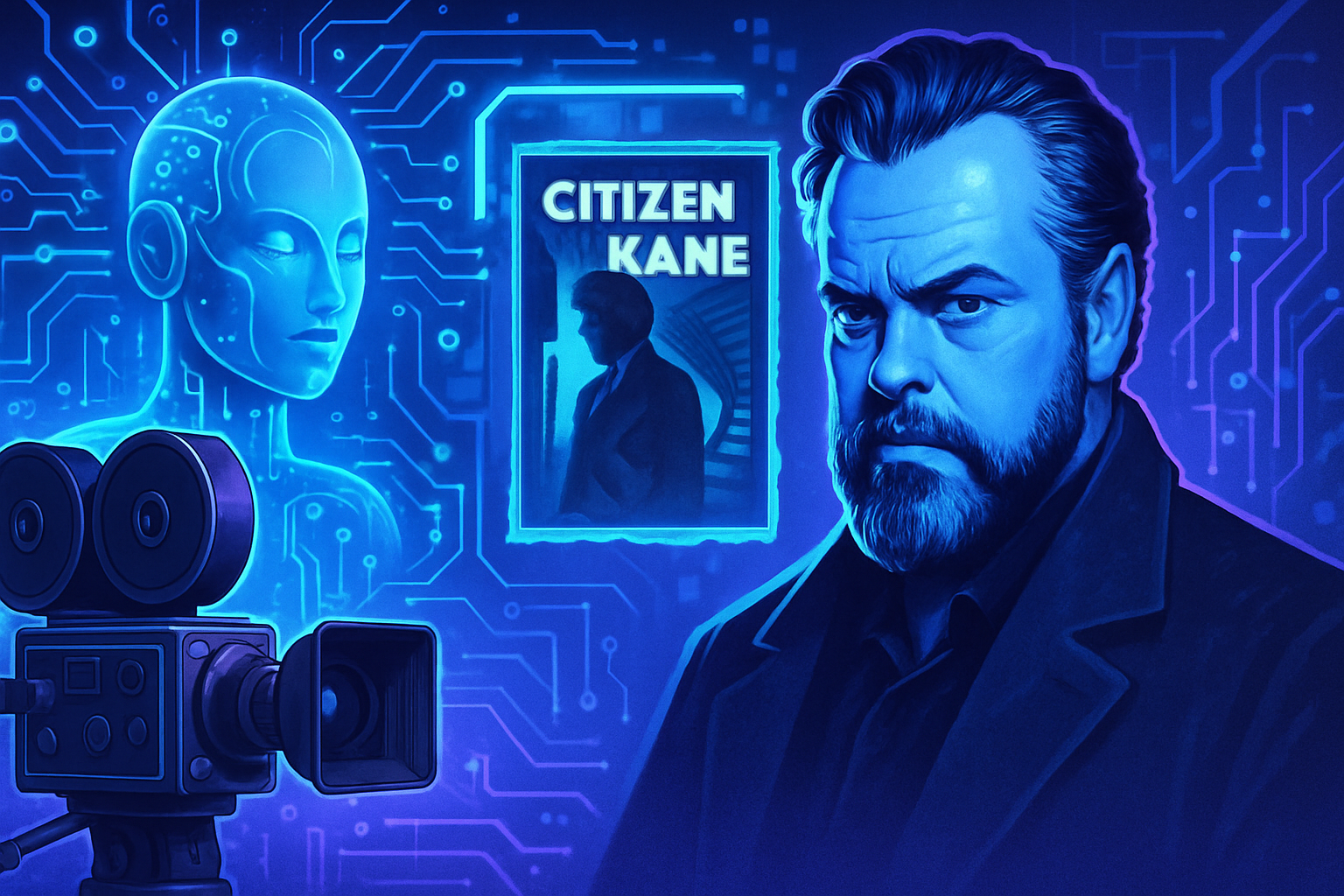A new innovation space opens with the launch of the artificial intelligence model Apertus, the result of collaboration between EPFL, ETH Zurich, and CSCS. This Swiss initiative marks a revolution in access to AI, providing everyone with unprecedented transparency regarding the design and ethics governing the development of intelligent technologies. With a fully transparent and accessible architecture, Apertus propels Switzerland as a leader in the field of open AI, fostering societal engagement and technological empowerment.
Introduction to Apertus
Recently, a consortium of Swiss institutions unveiled a model of fully open artificial intelligence named Apertus, from the Latin word meaning “open”. This project, born from a collaboration between the École polytechnique fédérale de Lausanne (EPFL), ETH Zurich, and the Swiss National Supercomputing Centre (CSCS), aims to provide a foundation for future research and applications.
Accessibility and Technical Features
Apertus stands out for its transparency, as its architecture, training data, and documentation are publicly accessible. Developers can use it to create chatbots, translation tools, and educational applications. The model is available for download on Hugging Face or through the Swisscom platform, a strategic partner of the initiative. Two variants are offered: a model with 8 billion parameters and a larger version with 70 billion parameters.
Commitment to Innovation
Project leaders, such as Professor Martin Jaggi from EPFL, assert that Apertus provides a roadmap for developing a trustworthy and inclusive AI model. Engineers and researchers from CSCS, ETH Zurich, and EPFL are committed to updating it regularly.
Multilingualism and Global Reach
The model has been trained on a dataset of 15 trillion tokens from over 1,000 languages, with approximately 40% coming from non-English languages. A notable aspect of Apertus is its inclusion of languages often neglected by other language processing models, such as Swiss German and Romansh. Imanol Schlag, the project’s technical lead, emphasizes that this initiative aims for the public good.
Practical Use and Accessibility
Access to Apertus is streamlined for experienced users, but practical use requires cloud resources or dedicated interfaces. Developers will have the opportunity to test this tool during the Swiss AI Weeks, which will last until October 5, 2025. Hackathon participants will benefit from access via an interface hosted by Swisscom, while commercial clients can leverage the model today.
Transparency and Ethical Compliance
Apertus operates under an open-source license, allowing access to training data, model weights, and intermediate checkpoints. The training process adhered to Swiss data protection laws, as well as copyright, ensuring a high level of transparency in compliance with the EU AI Act.
Future and Ambitions of the Project
Future updates aim to expand the model family, optimize efficiency, and develop tools specific to fields such as law, health, climate, and education. The ambition remains to maintain strict transparency standards. Antoine Bosselut, a professor at EPFL, notes that Apertus does not represent an endpoint but rather a beginning towards an open and trustworthy AI foundation serving the global public good.
Frequently Asked Questions about the Fully Open Artificial Intelligence Model from Switzerland
What is Apertus, the artificial intelligence model unveiled by Switzerland?
Apertus is an artificial intelligence model developed by Swiss institutions, including EPFL and ETH Zurich. It is designed to be open, transparent, and publicly accessible, providing a basis for research and applications in AI.
What types of applications can be created with the Apertus model?
Apertus can be used to develop various tools such as chatbots, translation tools, and education-focused applications.
How can I access the Apertus model?
Apertus can be downloaded directly from Hugging Face or accessed via Swisscom, a strategic partner of the initiative.
What are the differences between the two versions of Apertus?
There are two versions of the model: one with 8 billion parameters and a larger version with 70 billion parameters, tailored to various research and application needs.
How does Apertus ensure transparency and data privacy?
Apertus complies with Swiss data protection regulations and the transparency requirements of EU AI regulations. It only uses publicly available data and excludes personal information.
Why is Apertus considered an AI model “for the public good”?
Apertus is designed to enhance AI capabilities in research and industry and aims to serve public interests by providing open and inclusive access.
How can I test Apertus in real-world contexts?
Developers can try Apertus during the Swiss AI Weeks taking place until October 5, 2025, with access via an interface hosted by Swisscom.
Is Apertus suitable for commercial use?
Yes, both versions of Apertus are released under a permissive open-source license, allowing their use in research, education, and commercial projects.
What is the impact of Apertus on innovation in Switzerland?
Apertus is seen as a driver of innovation, strengthening AI skills across various fields and contributing to Switzerland’s long-term digital infrastructure.
What future updates are planned for Apertus?
Future updates will aim to expand the model family, improve efficiency, and develop tools specific to fields such as health, law, and education.





